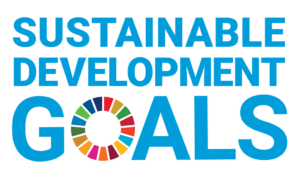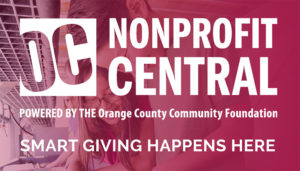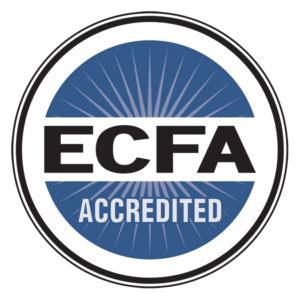Scientific & Published Papers
The team at Plant With Purpose applies scientific rigour to the evaluation and measurement of our program outcomes and results. We regularly publish these findings in papers that appear in scientific, academic or other industry journals.
Following is an abstract of some recently published papers along with links to the publications.
Smallholder Farmer Resilience: a Multi-year Multidimensional Study in the Dominican Republic and Haiti
2022
Scott Sabin, Annah Amani, [Haiti Country Director, name hidden], Durbel Lora Brito, Milmer Martinez Vergara, Grace Fabry Santos, Corey Chin, Robert Morikawa
This study explores the relationship between farmers, participation in savings groups during the COVID-19 pandemic, and resilience using four different methods of data collection. It was found that rural farmers in Haiti and the Dominican Republic who were savings group participants were more likely to “have more savings reserves, greater income diversity and greater regenerative farming technique diversity–each of these being proxy indicators that point to greater resilience” (Sabin et al. 8).
Read MoreCommunity-Based Watershed Change: A Case Study in Eastern Congo
2019
Scott Sabin, Birori Dieudonne, John Mitchell, Jared White, Corey Chin, Robert Morikawa
This study analyzed the relationship between conflict management and environmental restoration in the eastern region of the Democratic Republic of the Congo. The authors were specifically interested in the effects of community forestry activities within prescribed watersheds and whether or not they would result in multidimensional outcomes such as peace or reconciliation. The study found that community-based efforts to restore the environment could be linked not only to a positive change in reconciliation efforts but also to overall watershed health and economic well-being.
Read MoreHealthy Forest, Healthy People II: Remote Sensing and Monitoring Support Implementation of Community Forestry in Thailand
2018
Eric T. Kaiser, Bunsak Thongdi, Jamlong Pawkham, Doug Satre, James Watt, Robert Morikawa
This study was conducted over a period of six years after the original and used many of the same technologies to continue to monitor the effects of community forestry management (CFM) in Thailand. At the time of study, the CFM efforts in the Huai Lu Luang village had extended into the Huai Lu River watershed, and over the period of the study, it was demonstrated that the watershed consistently observed increased vegetative cover, greater economic stability, and more sustainable farm systems.
Read MoreRemote sensing tools for evaluating poverty alleviation projects: A case study in Tanzania
2014
Robert Morikawa
This study, sponsored by Plant With Purpose, investigates the efficacy of a form of vegetation monitoring data called Normalized Difference Vegetation Index (NDVI). The study found that while NDVI is typically used to gather agricultural or ecological data, it can also serve as an effective measurement tool of community development and poverty alleviation.
Read MoreHealthy Forest, Healthy People: Remote Sensing and Monitoring Support Implementation of Community Forestry in Thailand
2012
Eric T. Kaiser, Kimberly Roberts, Jamlong Pawkham, Bunsak Thongdi, Robert Morikawa, Doug Satre
This study used various technologies, such as Global Positioning System (GPS), Geographic Information System (GIS), and Normalized Difference Vegetation Index (NDVI) to analyze the efficacy of community forestry (CF) in Thailand. Historically, CF has been looked down upon by the Thai government. The data from these sources revealed that local CF efforts, specifically in the Huai Lu Luang village, are not only effective but also sustainable, and the standard of living in the communities that practiced CF was significantly improved.
Read More















